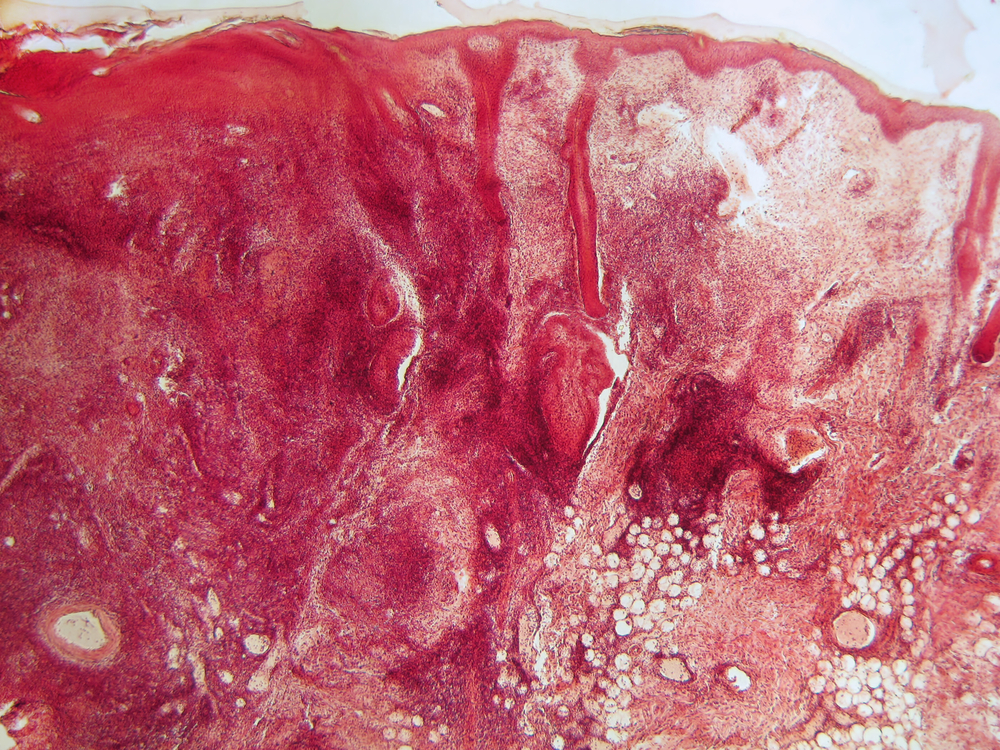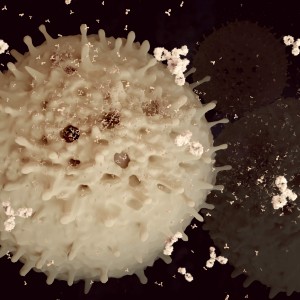Novel Signaling Pathway Found to Act As Regulator Of Chronic Cutaneous Lupus Erythematosus

 In a new study entitled “TWEAK/Fn14 Signaling Involvement in the Pathogenesis of Cutaneous Disease in the MRL/lpr Model of Spontaneous Lupus” researchers identified a new signaling pathway, mediated by the cytokine TWEAK and its receptor Fn14, which promotes chronic skin inflammation in a mouse model of cutaneous lupus erythematosus. The study was published in the Journal of Investigative Dermatology.
In a new study entitled “TWEAK/Fn14 Signaling Involvement in the Pathogenesis of Cutaneous Disease in the MRL/lpr Model of Spontaneous Lupus” researchers identified a new signaling pathway, mediated by the cytokine TWEAK and its receptor Fn14, which promotes chronic skin inflammation in a mouse model of cutaneous lupus erythematosus. The study was published in the Journal of Investigative Dermatology.
Lupus erythematosus, or simply Lupus, is an autoimmune disease that can affect multiple organs, including the heart, kidney and lungs but it can also occur in the skin, known as cutaneous lupus erythematosus. Patients that present cutaneous manifestations often progress and develop systemic symptoms, however, no therapy is specifically approved for cutaneous lupus.
Several members of the Tumor necrosis factors (TNF) family, a group of cytokines that can cause cell death, were shown to play a role in lupus pathogenesis. Recently, a second family of TNF cytokines, TWEAK, and its only known receptor, Fn14, were linked to lupus onset. Notably, the role of TWEAK/Fn14 in cutaneous lupus erythematosus, as well as in other skin diseases, remains largely unaddressed.
Here, researchers from the Albert Einstein College of Medicine determined how TWEAK/Fn14 impacts skin disease progression in a mouse model of human cutaneous lupus, known as MRL/lpr. The authors discovered that Fn14 is expressed in murine skin cells, specifically in keratinocytes and dermal fibroblasts. Additionally, the team discovered that TWEAK signaling via Fn14 induced the production of the RANTES cytokine (also known as CCL5) in keratinocytes and ultimately, apoptosis (cell death).
The team performed in vivo studies comparing MRL/lpr mice with MRL/lpr mice that had been “knock-out” of Fn14, and observed the former group exhibited improved cutaneous disease symptoms, revealed by skin maintenance and decreased levels of T cells and macrophage infiltration.
The authors note that their work indicates the signaling pathway TWEAK/Fn14 as a new regulator of chronic cutaneous lupus erythematosus. In their proposed model, TWEAK signals keratinocytes to produce RANTES, which lead to T cells and other inflammatory cells’ infiltration in the skin. As such, the TWEAK/Fn14 axis represents a potential new target in future therapeutics directed at skin diseases.





